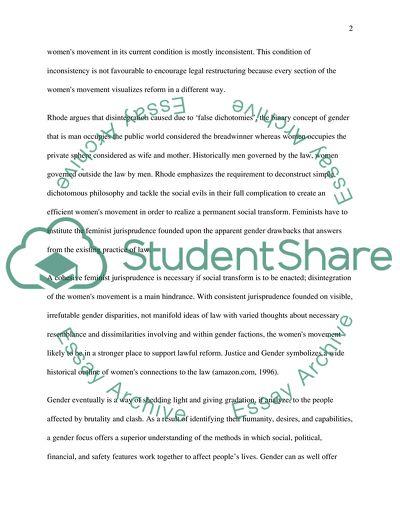Cite this document
(The Gradual Development of the Body of Law: the Gender Aspect Research Paper, n.d.)
The Gradual Development of the Body of Law: the Gender Aspect Research Paper. Retrieved from https://studentshare.org/gender-sexual-studies/1736686-gender-crime-justice
The Gradual Development of the Body of Law: the Gender Aspect Research Paper. Retrieved from https://studentshare.org/gender-sexual-studies/1736686-gender-crime-justice
(The Gradual Development of the Body of Law: The Gender Aspect Research Paper)
The Gradual Development of the Body of Law: The Gender Aspect Research Paper. https://studentshare.org/gender-sexual-studies/1736686-gender-crime-justice.
The Gradual Development of the Body of Law: The Gender Aspect Research Paper. https://studentshare.org/gender-sexual-studies/1736686-gender-crime-justice.
“The Gradual Development of the Body of Law: The Gender Aspect Research Paper”, n.d. https://studentshare.org/gender-sexual-studies/1736686-gender-crime-justice.


